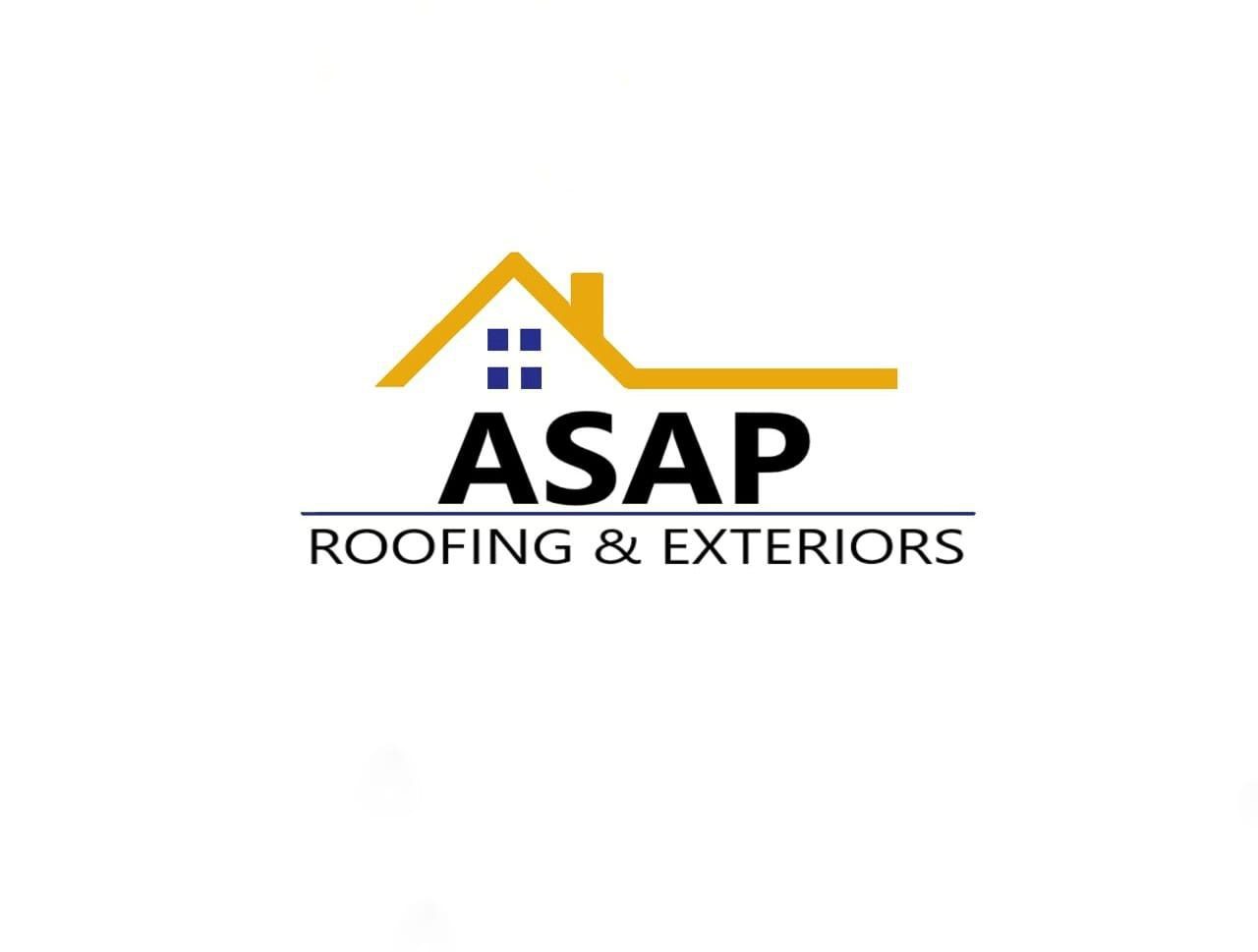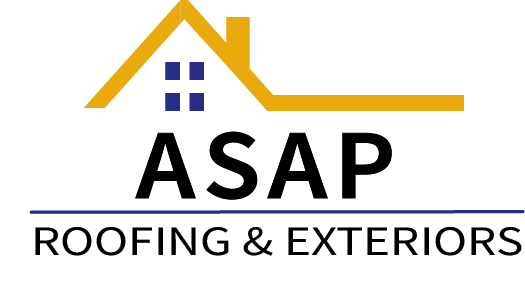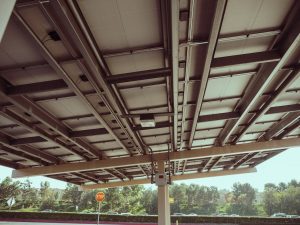Flat roofs, with their modern appeal and efficient use of space, have gained popularity in both residential and commercial settings. While they offer numerous benefits, their design also necessitates specific maintenance needs. Just like any other part of your home or office, these roofs require regular care to ensure longevity and performance. By understanding the key steps involved in flat roof maintenance, property owners can maximize their investment and avoid common pitfalls. This is where the expertise of flat roofers comes into play.
Routine Inspections: The First Line of Defense
One of the most critical aspects of flat roof maintenance is conducting regular inspections. It’s recommended to have your roof examined at least twice a year – ideally during the spring and fall – and after any severe weather events.
- Check for Ponding: Flat roofs are more prone to water accumulation. Look out for areas where water might be pooling, as this can lead to leaks and structural damage over time.
- Examine the Flashing: The metal strips around roof edges, vents, and chimneys can get damaged or become detached. Ensure they remain in good condition to prevent water intrusion.
- Look for Surface Damage: Cracks, blisters, or punctures can occur due to weather or debris. Regular checks help spot these issues early.
For thorough inspections, consider hiring professional flat roofers who can identify subtle issues that might go unnoticed by the untrained eye.
Drainage Systems: Keeping Water at Bay
A well-functioning drainage system is essential for flat roofs. Since these roofs don’t naturally shed water as pitched roofs do, you must ensure that water has an effective way out.
- Regular Cleaning: Over time, drains can become clogged with leaves, dirt, and other debris. Regular cleaning prevents blockages and ensures smooth water flow.
- Inspect for Damage: Check drains for signs of wear, cracks, or dislodgement. Ensure they’re securely attached and free of damage.
Engaging with experienced flat roofers can ensure your drainage systems are optimized for your roof’s specific design and layout.
Proactive Repairs: Addressing Issues Early
When it comes to flat roofs, a small problem can quickly escalate if not addressed promptly.
- Seal Cracks and Punctures: Use a high-quality roofing sealant to fix any minor cracks or punctures. For more significant issues, it might be best to consult with residential roofing companies for a professional solution.
- Replace Damaged Areas: If certain parts of your roof show signs of wear or damage, consider replacing them before they cause more extensive issues.
Routine Cleaning: More Than Just Aesthetics
Regularly cleaning your flat roof does more than just enhance its appearance. It can help extend its life and improve performance.
- Remove Debris: Leaves, twigs, and other debris can retain moisture and cause rot. Regular removal prevents potential damage.
- Tackle Algae and Moss: If left unchecked, algae and moss can degrade the roofing material. Regular cleaning and treatments can prevent their growth.
Conclusion
Flat roof maintenance is not just about reacting to problems but taking proactive steps to prevent them. By following the key preventative care steps and partnering with professional flat roofers, you can ensure that your flat roof remains in optimal condition for years to come. After all, a well-maintained roof is more than just a shield – it’s a testament to a property owner’s care and attention to detail.





